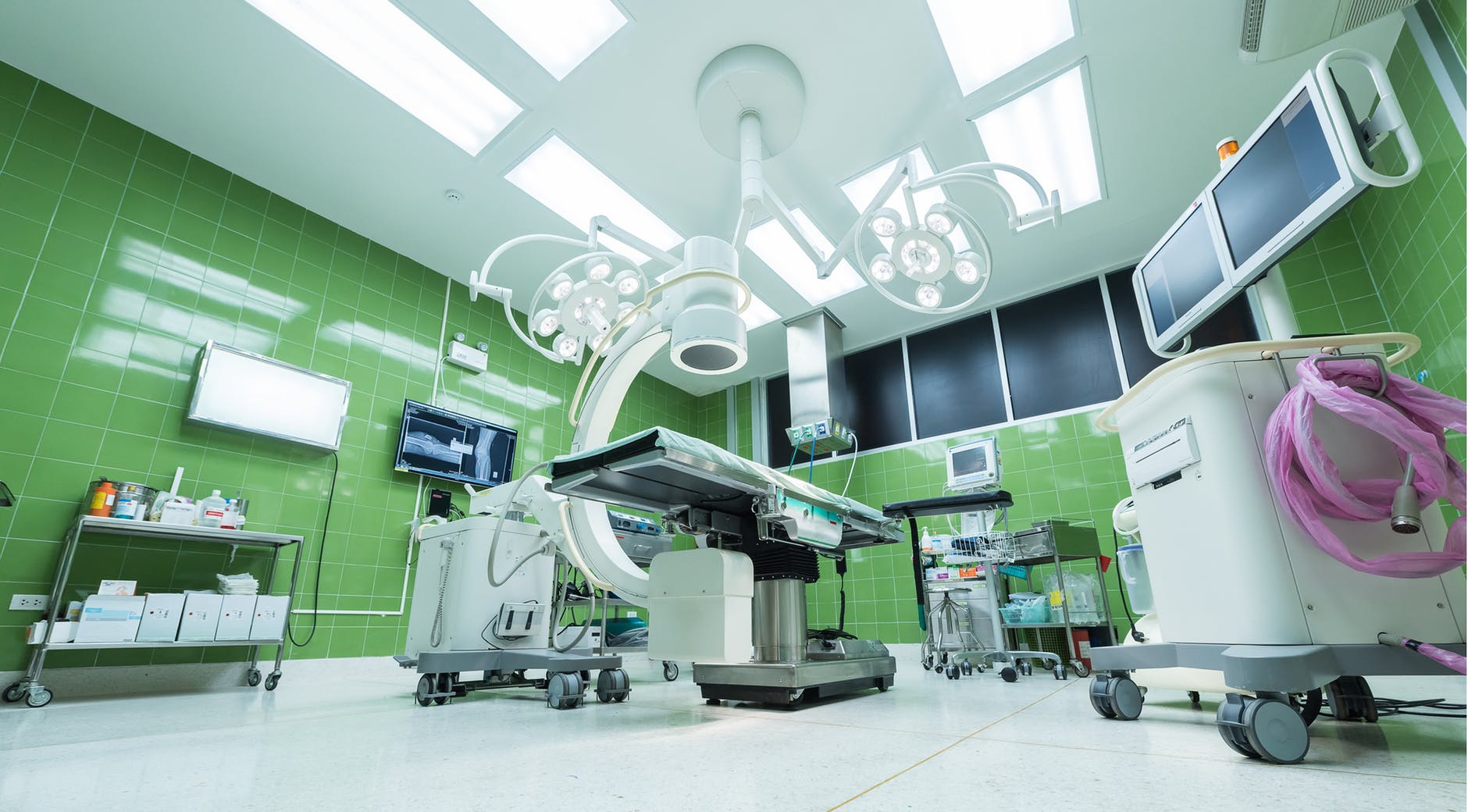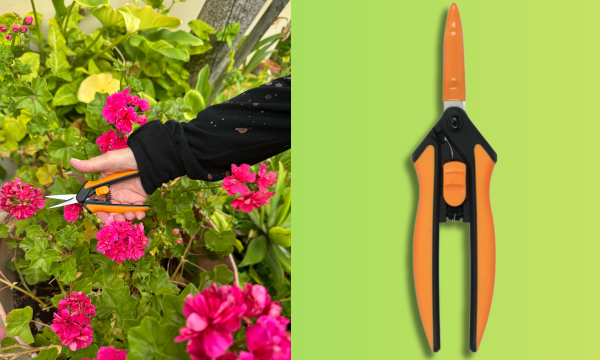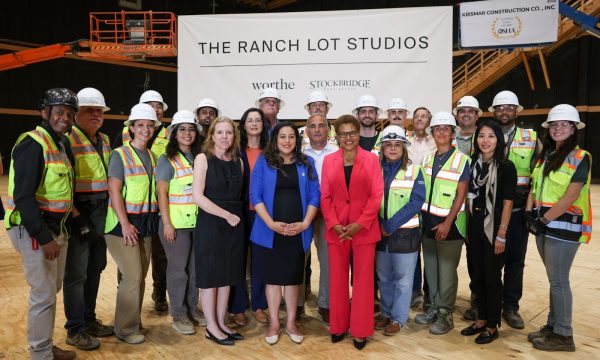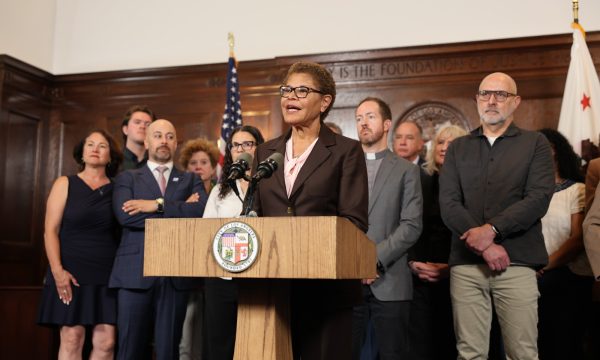California Governor Gavin Newsom announced plans to allow hospitals and health systems to resume delayed medical care for Californians – such as heart valve replacements, angioplasty and tumor removals, and key preventive care services, such as colonoscopies – which were deferred as the state’s health care delivery systems prepared for a surge of COVID-19 patients. The decision was based on progress toward preparing California hospitals and health systems for a surge in COVID-19 patients – one of the six critical indicators the governor unveiled last week as part of the state’s framework for gradually modifying California’s stay-at-home order.
As part of the Western State’s Pact, California will work with Washington and Oregon to share best practices on how our states can allow hospitals and medical providers to resume delayed medical care in areas that have sufficient hospital capacity, while ensuring the safety and health of our health care workers and patients. The Western states had previously announced a shared, science-based vision for gradually reopening their economies and controlling COVID-19 into the future.
“From the beginning, I have said California’s decisions will be guided by science, not politics, and that Californians’ health comes first,” said Governor Newsom. “Thanks to the work our health care delivery system has done expanding hospital capacity and reducing the rate of spread of COVID-19, hospitals and health systems can consider resuming medical care that residents have delayed during this crisis, such as heart valve replacements, angioplasty and tumor removals, when such care can be delivered safety and with appropriate protections for health care workers. It’s in the best interest of the overall health of our state to allow these procedures to resume when they can be done safely.”
Last week, Governor Newsom announced six indicators that would drive California’s decision to gradually modify portions of the state’s stay-at-home order. They include:
- Expanding testing and contact tracing to be able to identify and isolate those with the virus;
- Preventing infection in people who are most at risk;
- Being able to handle surges in hospitals and the health care delivery system;
- Developing therapeutics to meet demand;
- Ensuring businesses, schools and child care facilities can support physical distancing; and
- Determining when to reinstate certain measures like the stay-at-home order if need be.
Also today, Governor Newsom announced that President Trump has personally committed to sending the state 100,000 testing swabs next week and 250,000 swabs the following week.
Health officials also outlined progress toward the first indicator: expanding testing and contact tracing to be able to identify and isolate those with the virus.
To that end, the state announced the expansion of community testing in underserved areas. The state is contracting with Verily, an Alphabet company, in partnership with Community Organized Relief Effort (CORE) and with support from Rockefeller Foundation and an anonymous donor, to establish six new community testing sites focused on underserved communities such as farmworkers and communities of color. Additionally, the state is contracting with OptumServe, to establish an additional 80 community testing sites, which too will be focused on underserved communities.
“We know that communities of color are disproportionately affected by COVID-19,” said Governor Newsom. “We must ensure that we are deploying testing equitably in an effort to reduce the higher death rates we are seeing in African American and Latino communities.”
In addition, the state is:
- Accelerating equitable COVID-19 testing by aiming to deploy 25,000 tests per day by April 30; establishing an additional 80-100 testing sites; and identifying five new high-throughput testing hubs.
- Establishing a contact tracing workforce by surveying counties on their capacity; developing a statewide training academy; and training 10,000 public health connectors to conduct contact tracing.
- Developing isolation protocols and supports by identifying regional alternate isolation sites and building private-public partnerships to support those who are isolated.
- Deploying data management system and tools by publishing a symptom-check app; deploying a data management platform; and establishing a data dashboard for the public.
Now that testing has become more widely available across the state, California updated its testing guidance earlier this week to become the first state to recommend testing of some asymptomatic individuals such as health care workers, first responders and correctional workers. This action will better protect Californians and prevent COVID-19 spread in high-risk settings such as congregate living facilities and correctional facilities.














